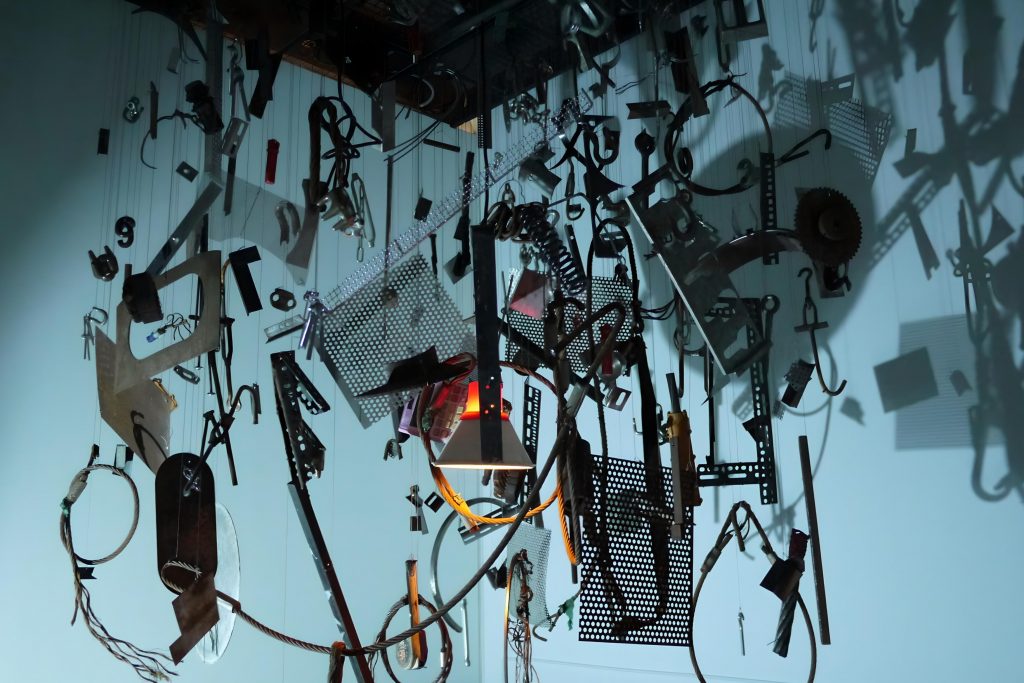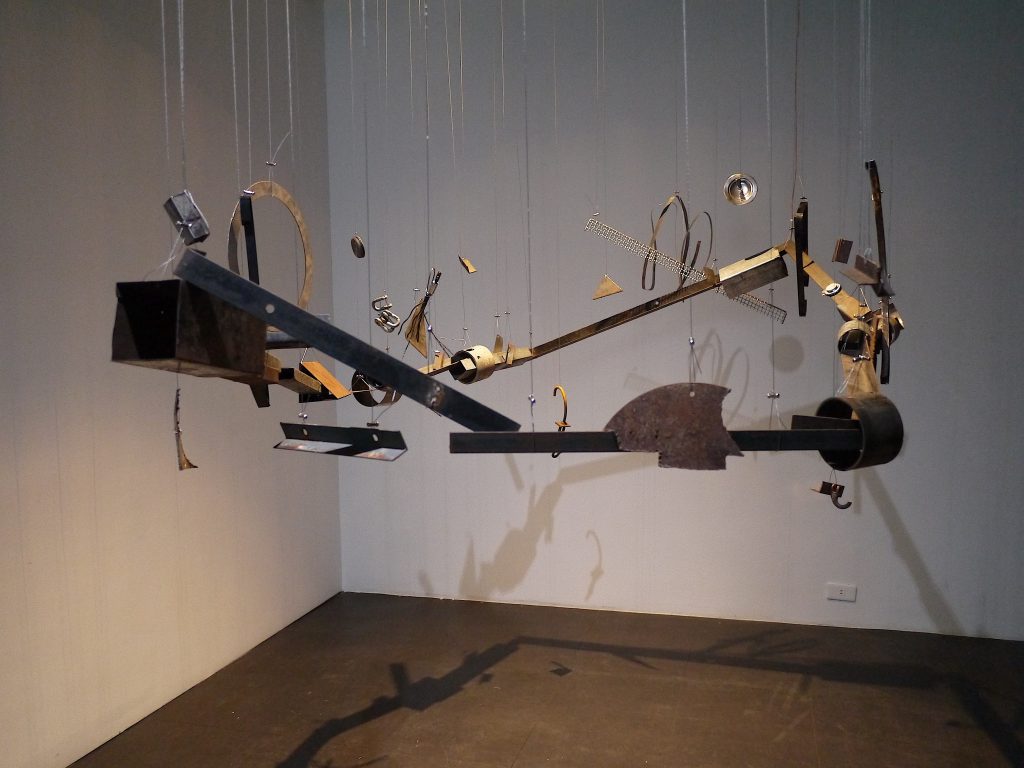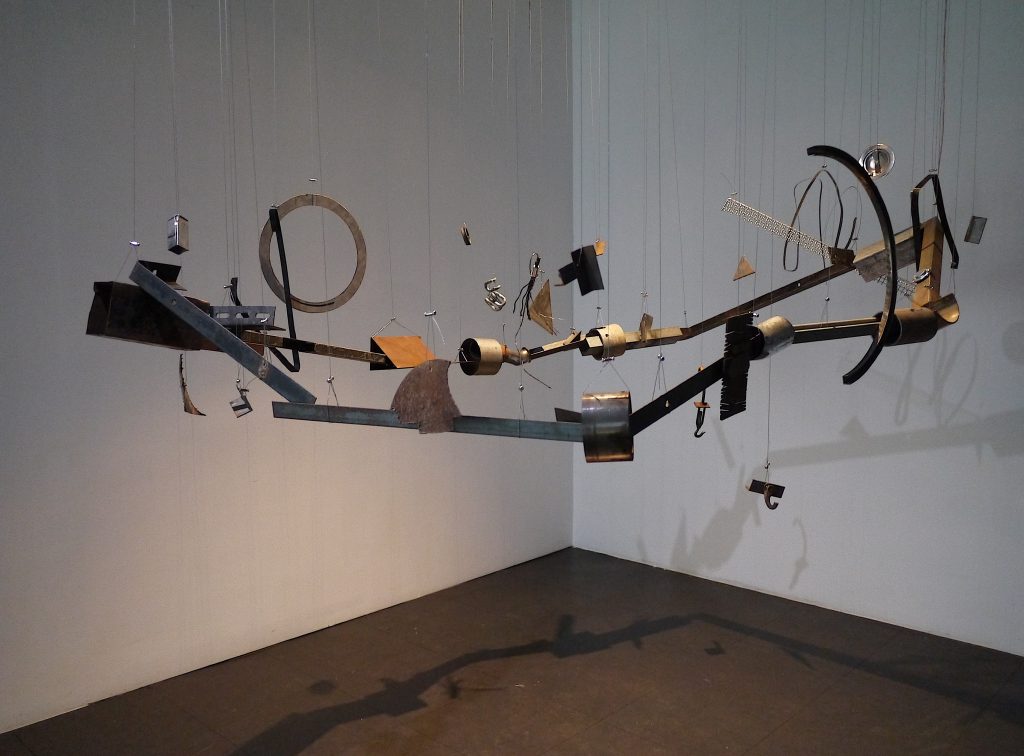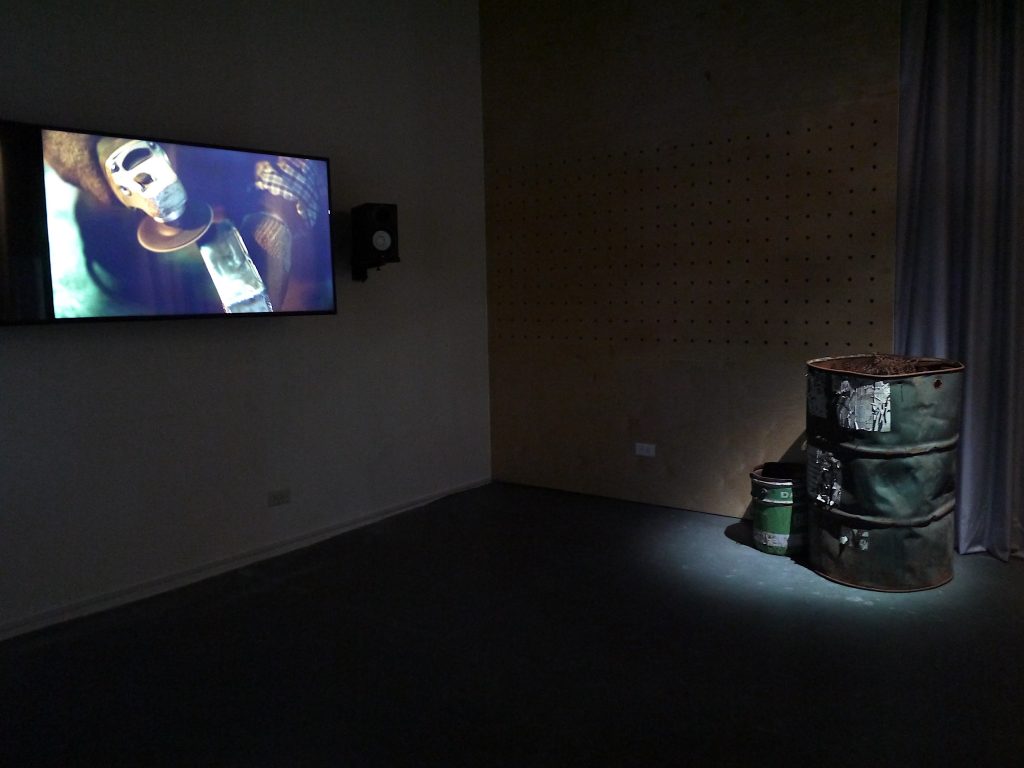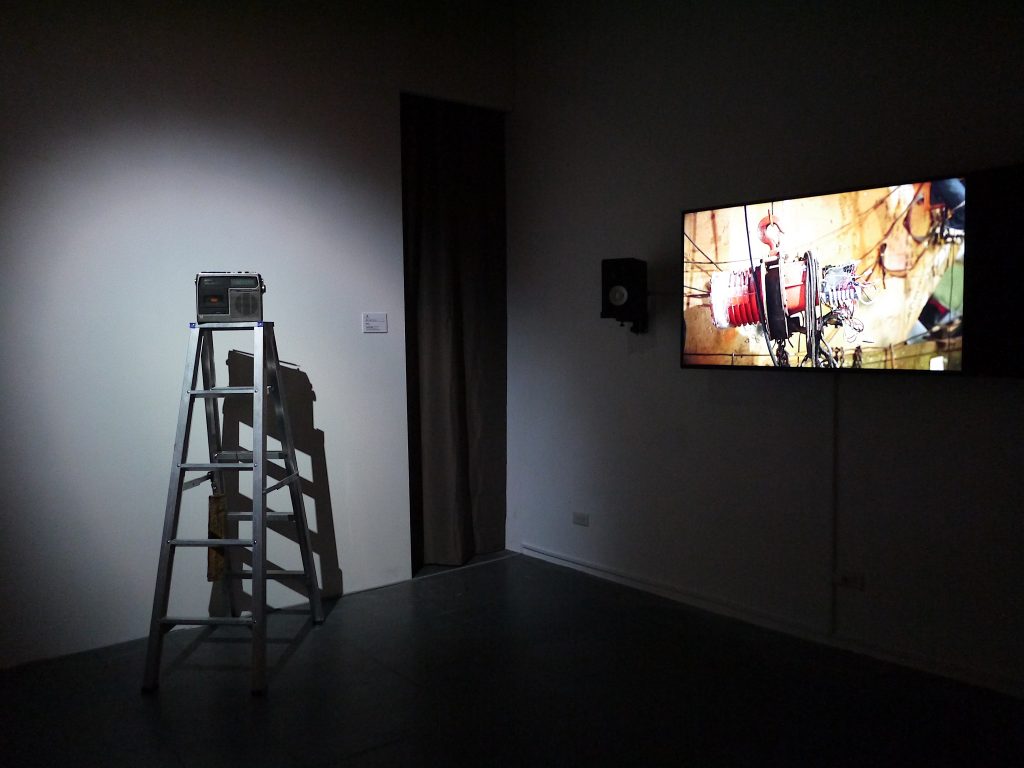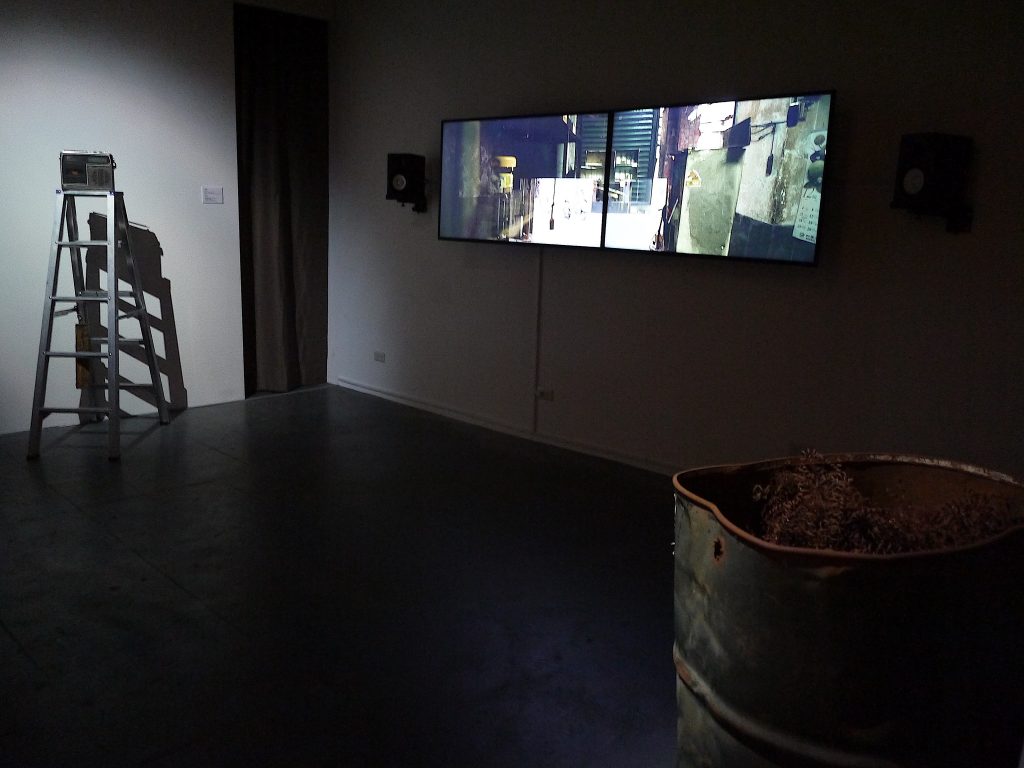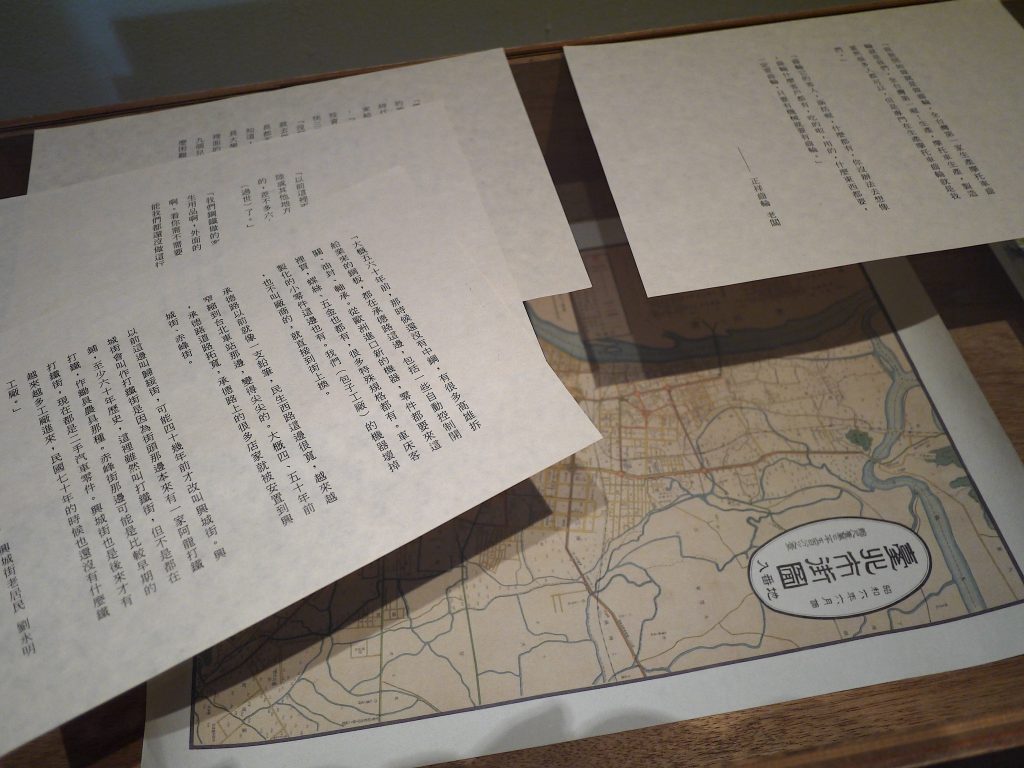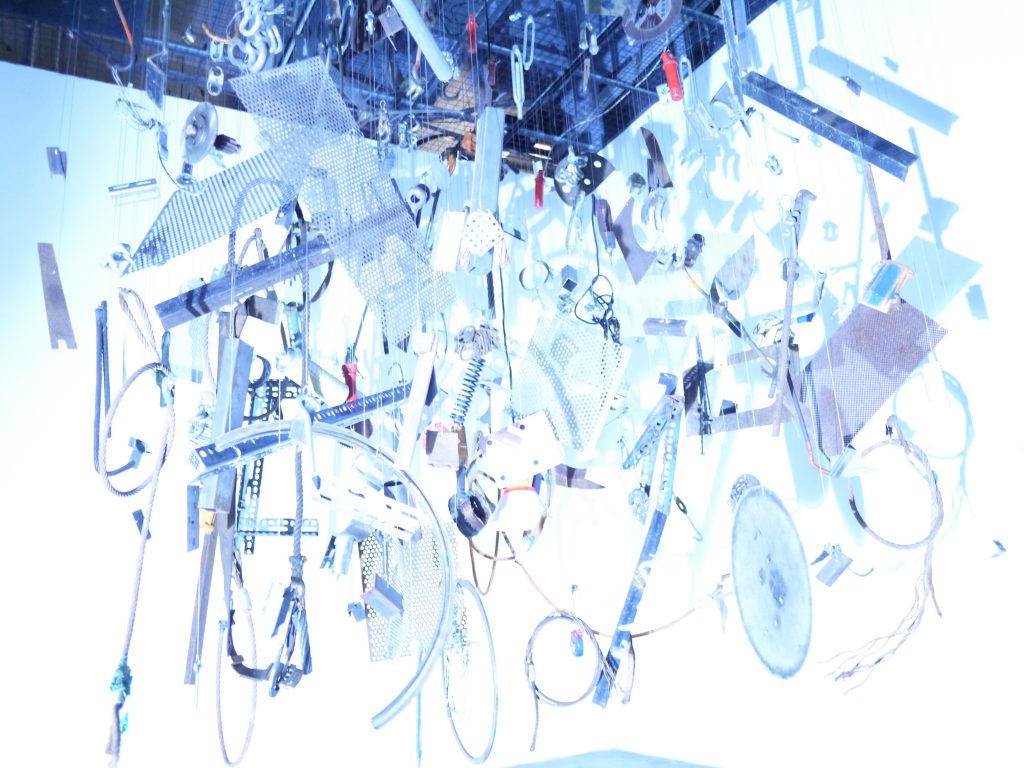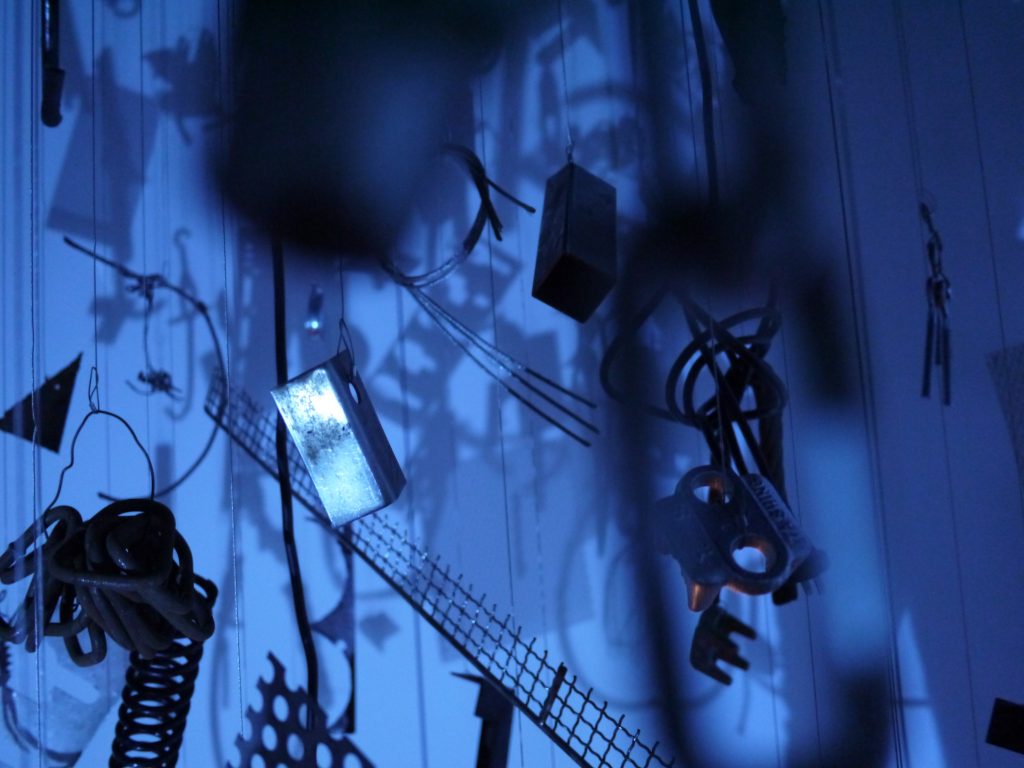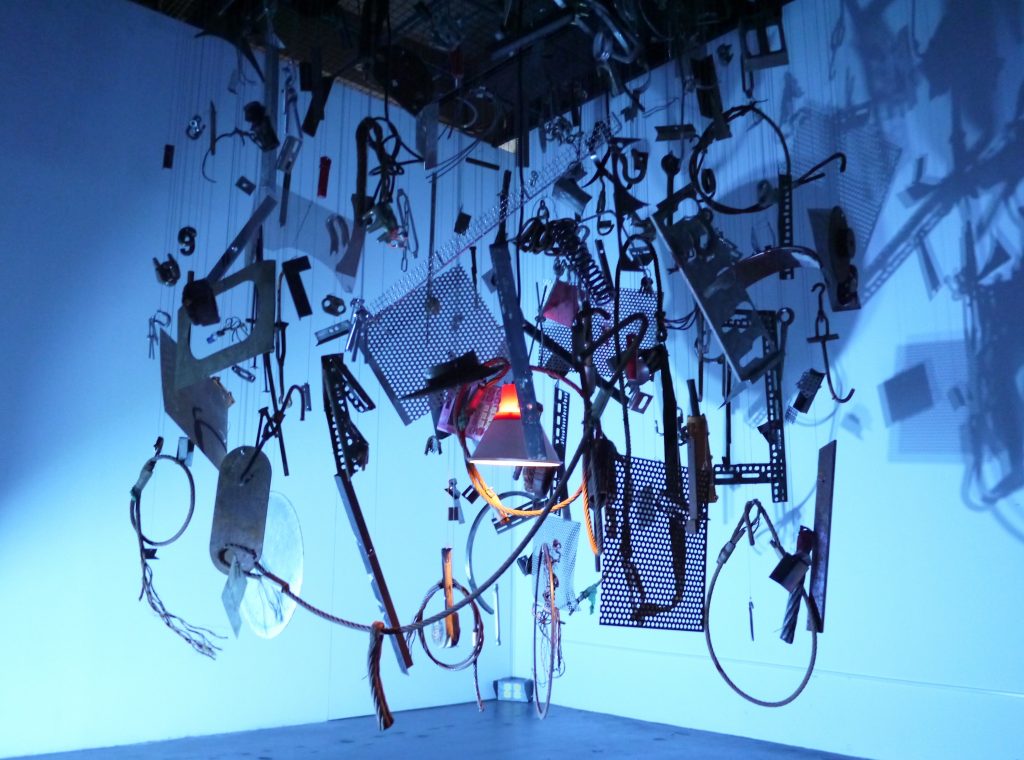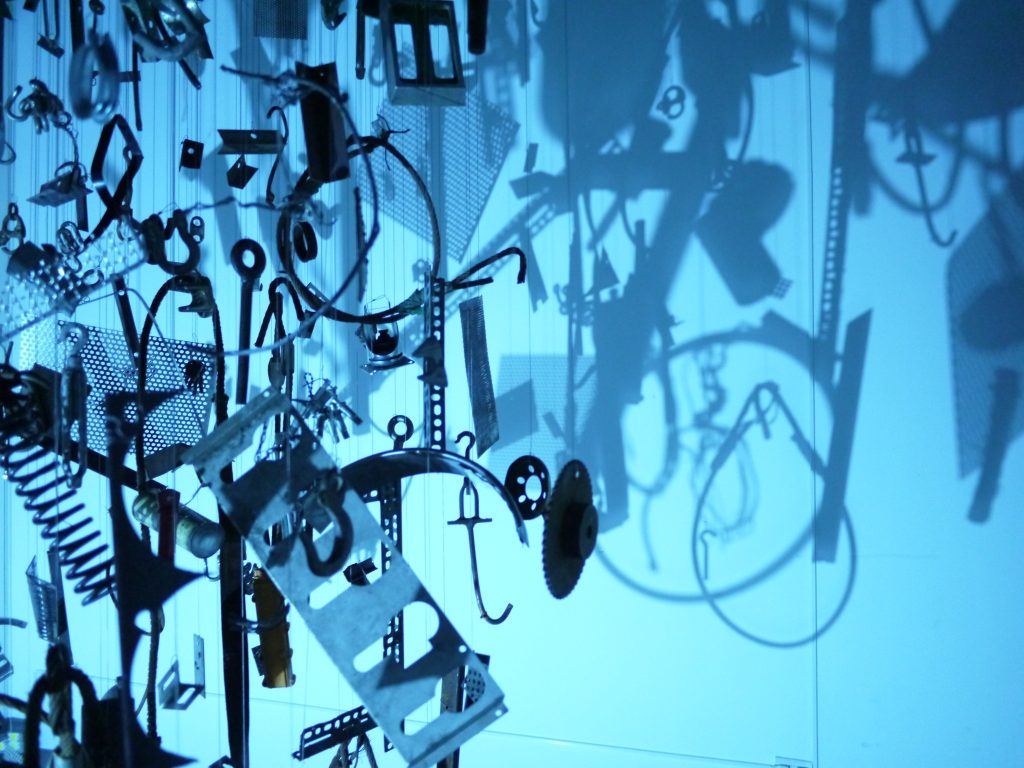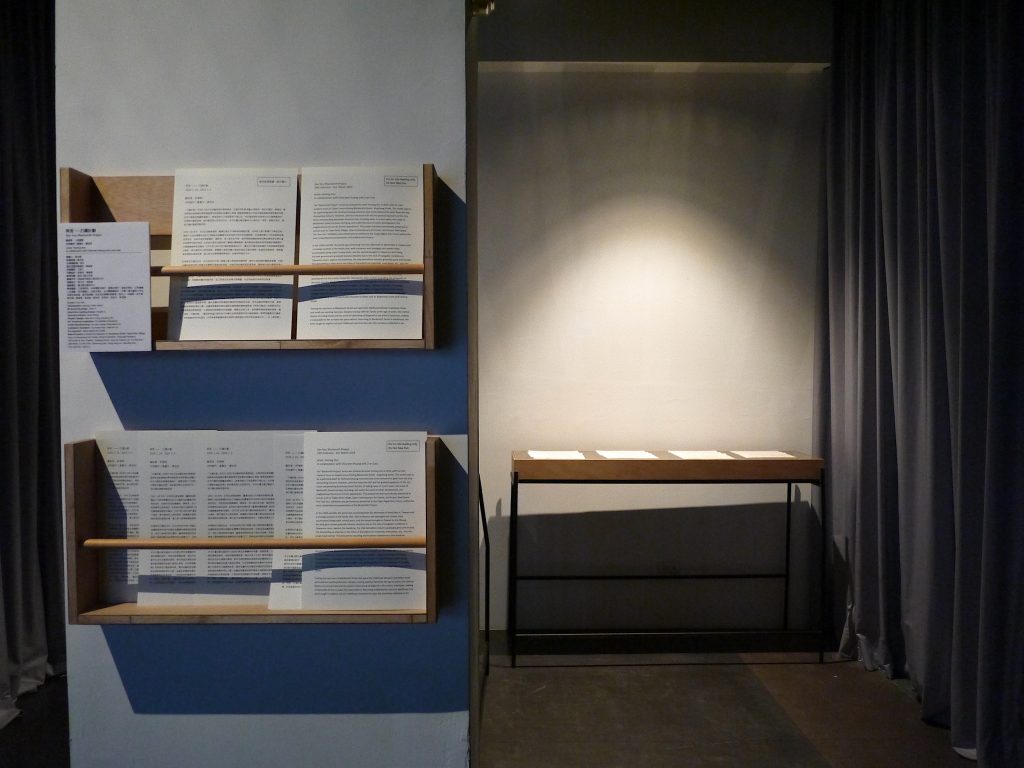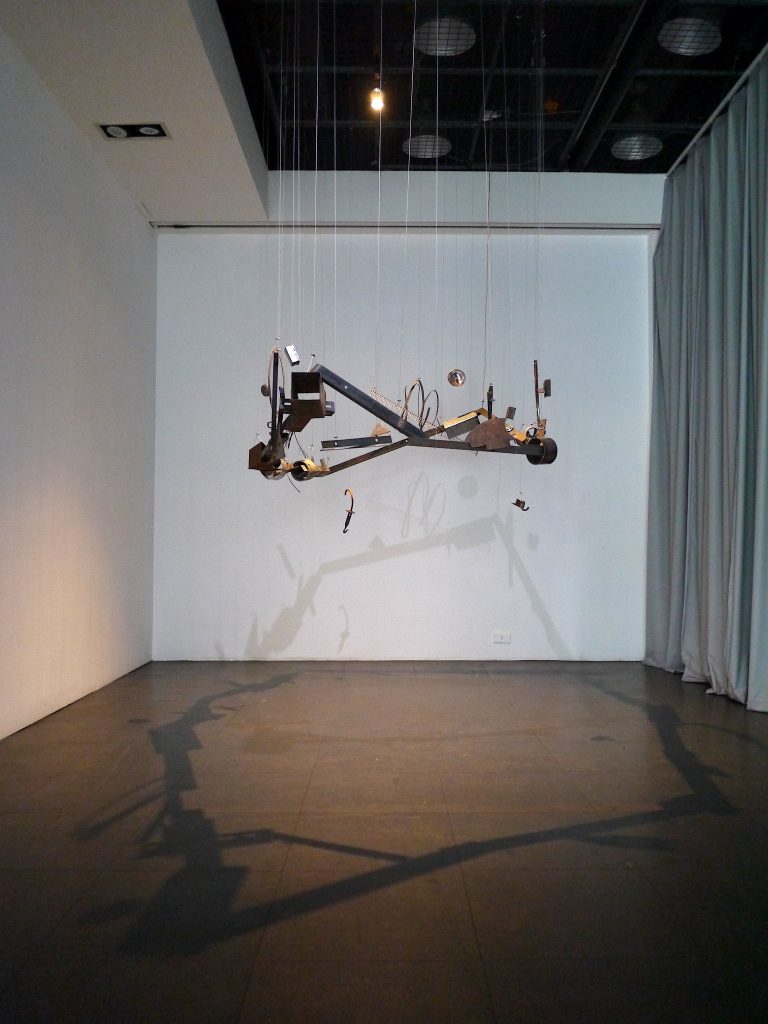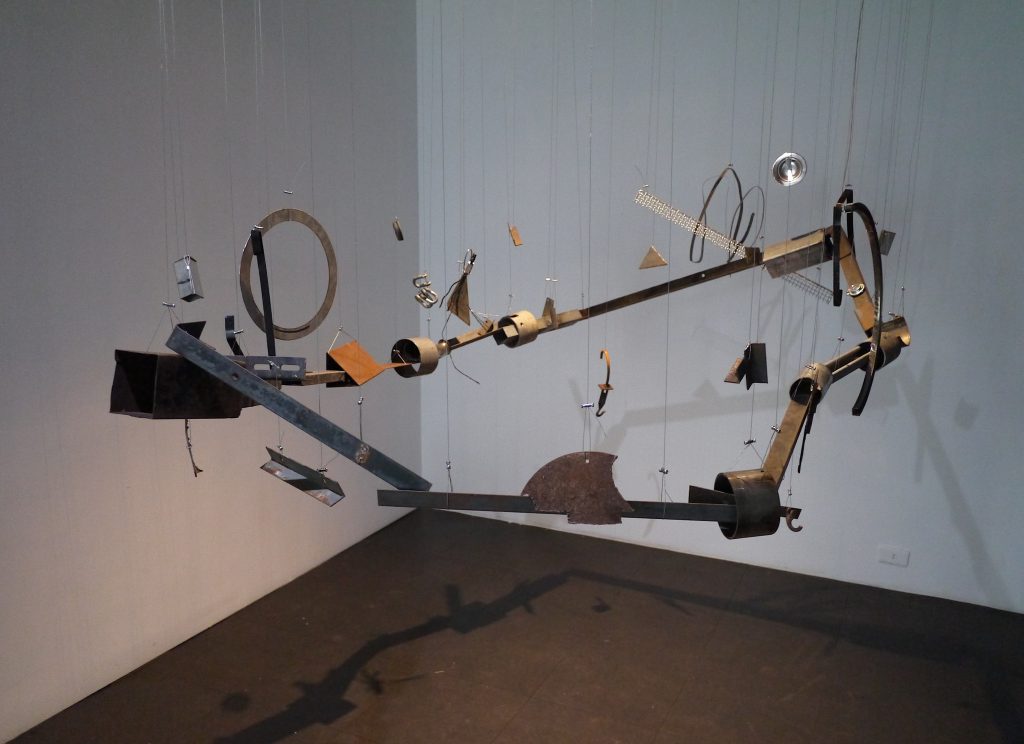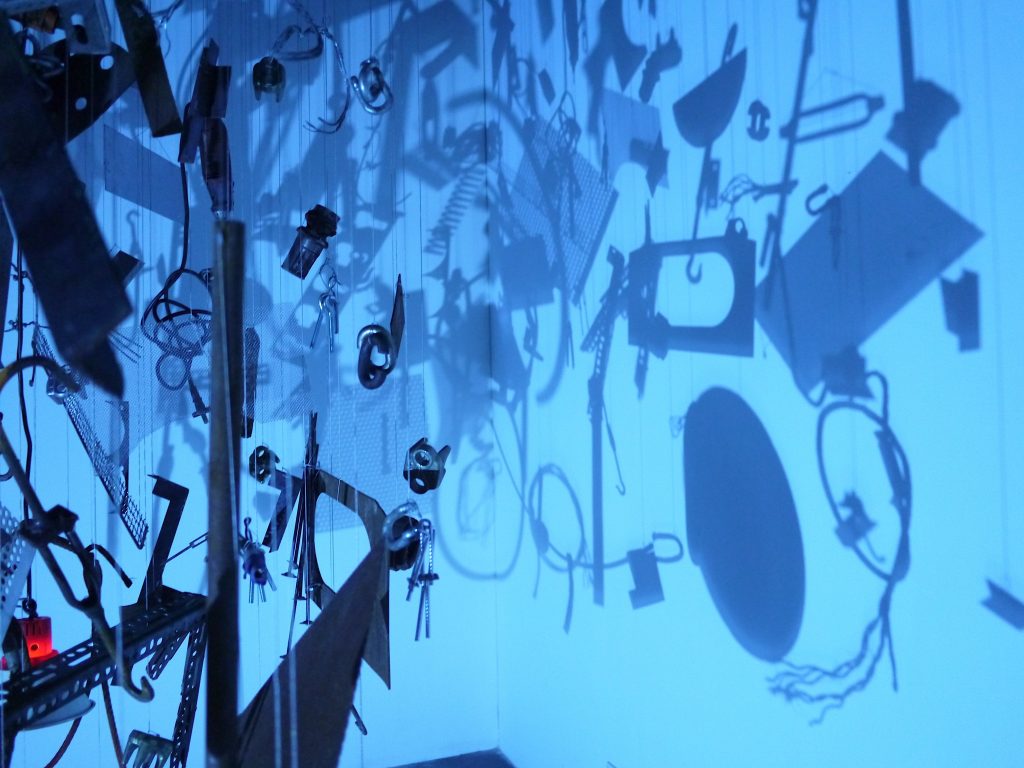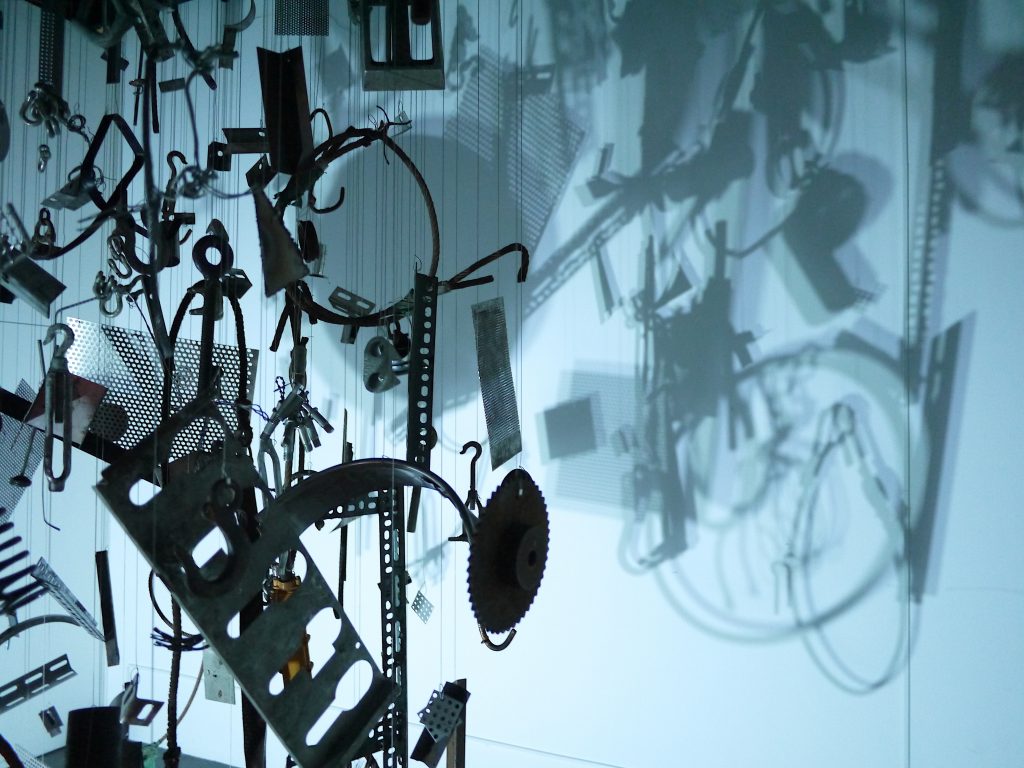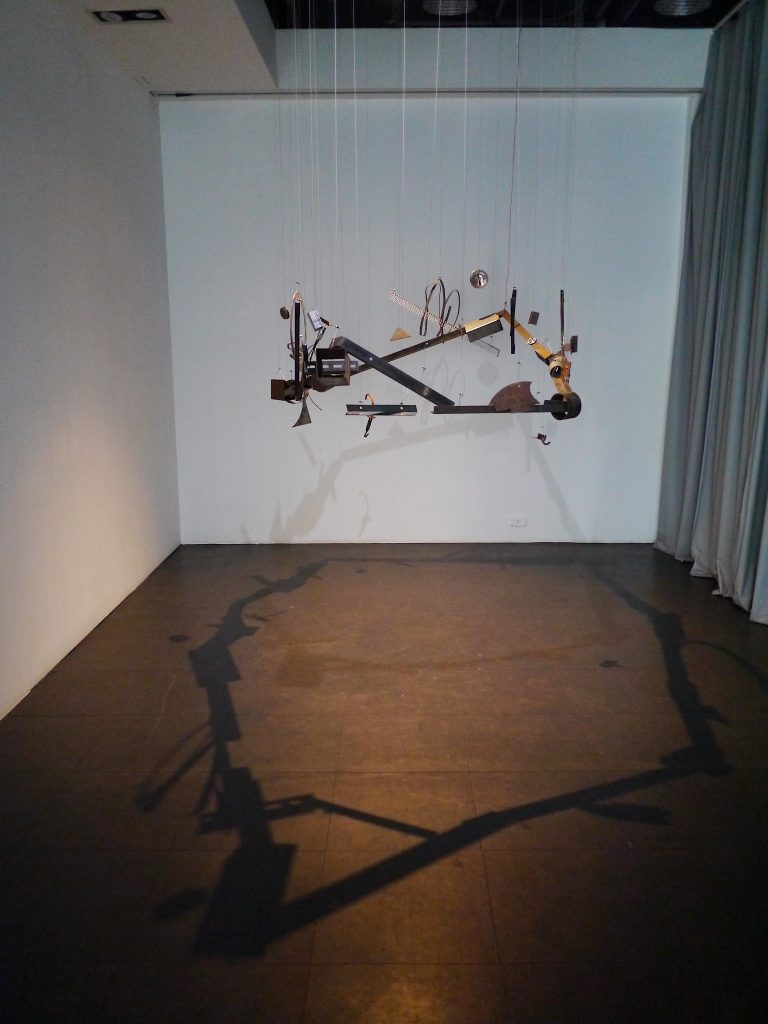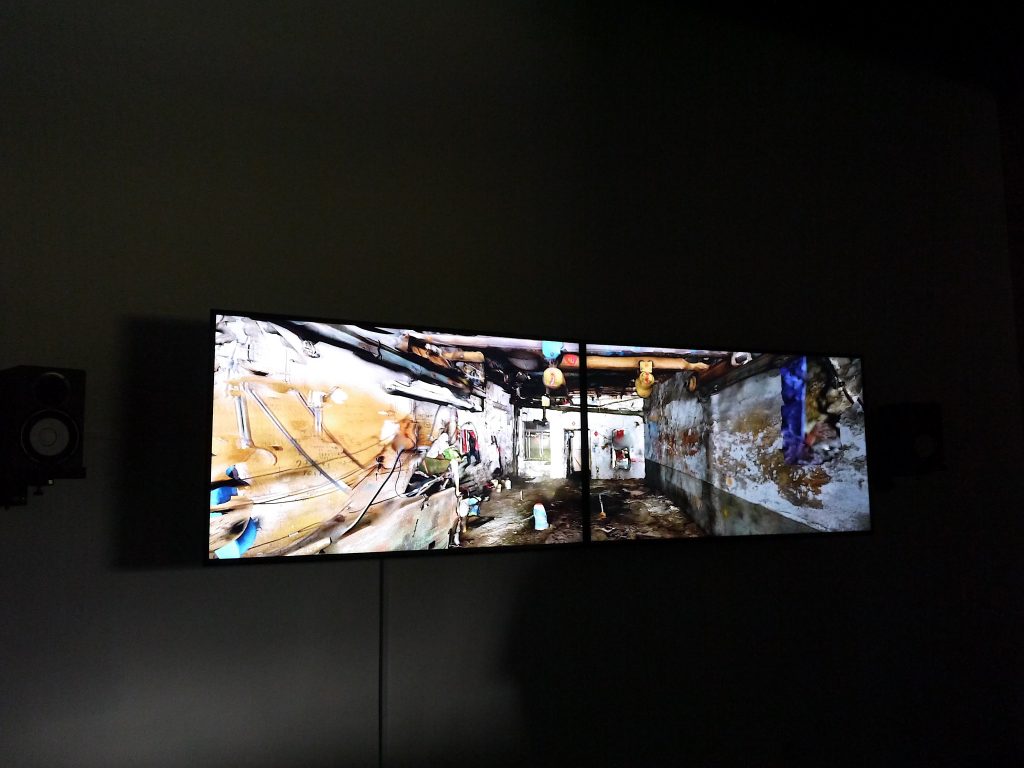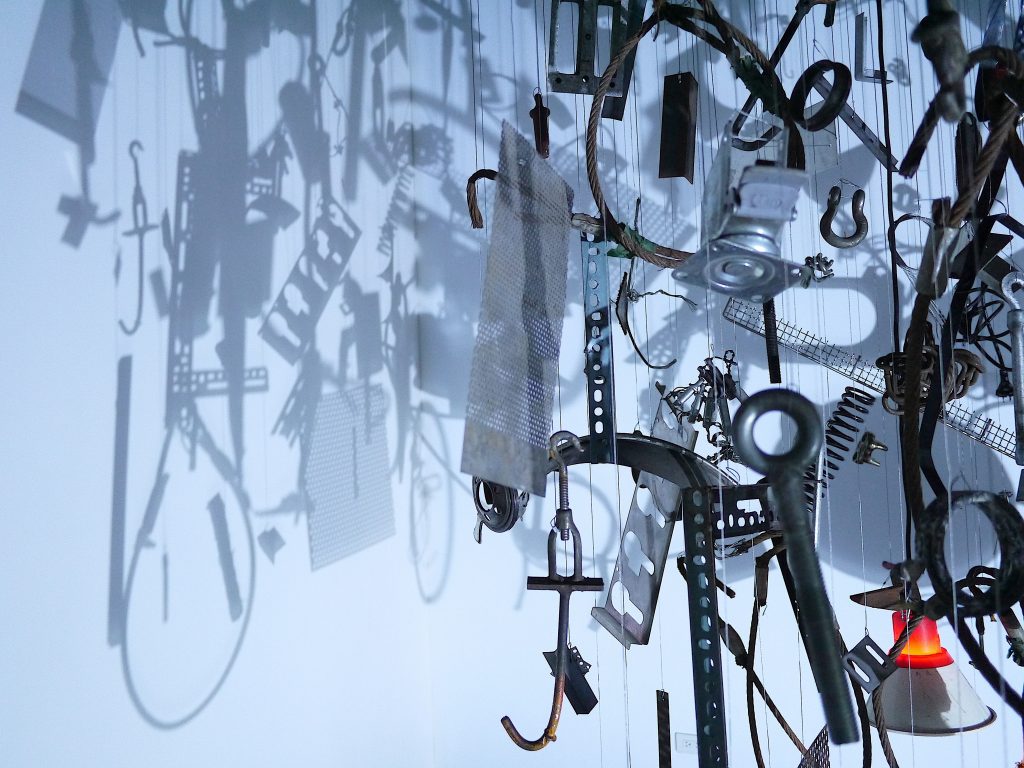The “Blacksmith Project” series was initiated by artist Yenting Hsu in 2019, with its main research focus on Taipei’s once-thriving Blacksmith Street – Xingcheng Street. This street used to be a gathering place for metal processing industries due to the demand for parts from the ship dismantling industry. However, with the industrial shift and the gradual expansion of the city, these metalworking businesses faced the fate of fading away. In recent years, the scope of Blacksmith Street has been shrinking, and under the wave of urban development, the neighborhood has lost its former appearance. This project has been periodically presented at venues such as Taipei Artist Village, Open Contemporary Art Center, and Project Seek Space. The “See You” exhibition and performance presented at the Taipei Digital Arts Center will be the most comprehensive presentation of the Blacksmith Project.
In the 1950s and 60s, the world was recovering from the aftermath of World War II. Taiwan held a strategic position in the Pacific War, with numerous war-damaged and sunken ships accumulated along major coastal ports, and the vessels brought to Taiwan by the Chiang Kai-shek government gradually became obsolete due to the lack of navigable conditions in Taiwanese rivers. Against this backdrop, the ship demolition industry gradually grew and thrived. The dismantling of ships led to the influx of discarded iron materials, steel plates, etc., into the scrap metal market. The demand for recycling and machine maintenance stimulated an increasing number of craftsmen engaging in blacksmithing. The ripple effects triggered by ship dismantling stimulated Taiwan’s steel industry. The post-war construction and economic development in the country fueled the demand for steel, further propelling the prosperity of the steel industry. Blacksmith Street was prosperous through the 70 to 80s, due to its proximity to the Dadaocheng Wharf and the Shuanglian Train Station. Taking advantage of strategic transportation, it originally extended from the rear station of Taipei Railway Station along Chengde Road all the way to Xingcheng Street. Subsequently, with the widening of Chengde Road, ironworking factories gradually relocated to alleys such as Xingcheng Street and Chifeng Street.
Yenting Hsu was born in Blacksmith Street and spent her childhood between hardware shops and small iron working factories. Despite moving with her family at the age of seven, the intense flashes of cutting metal and the smell of lubricating oil lingered in the artist’s memories, making it impossible for her to leave this place behind. Returning to Blacksmith Street in adulthood, the artist sought to explore not just childhood memories but also the narratives reflected in the urban landscape and the life experiences of the citizens amidst the grand narratives of international situations and government policies. Through interviews with blacksmith workers, the exploration of the context of the blacksmith industry, and the news reports of urban renewal, Hsu collected many life stories that shared the experiences of the rise and fall of the industry. The material characteristics of steel and metal, along with the various visual and auditory effects produced during processing, also became reference points in her works.
The exhibition at DAC includes sound installations, moving-images, and documents, presenting the accumulation of Yenting Hsu’s work at different stages to weave a complete narrative. The work “Everburning” straightforwardly asserts that all traditions will undergo renewal, and all contemporary elements will eventually become traditions. Changes in urban landscapes or economic industries can be seen as forms of transformation, with the underlying energy driven by human activities not extinguishing. The work expresses the transmission and transformation of energy through the physicality of sound and metal objects. The work “Shimmer” focuses on the blacksmith industry itself, highlighting the dismantling and reassembly of metal pieces accompanied by intense heat and light. The shimmering light symbolizes the power that once supported the island’s economy. The dual-channel video “Farewell, Blacksmith Street,” interwoven with the artist’s voice and data files, uses collected images, interviews, and news materials over the years as a blueprint to create a new narrative, providing viewers with an imaginative connection to the site.
Through the “See You – Blacksmith Project,” the artist aims to transform the blacksmith industry, which once had a shining chapter in the stream of economic development, through creative expression. By bidding a proper farewell, the artist also hopes to collectively leave the process of industrial change and urban development in the minds of the citizens.
Text/ Zoe Yeh
